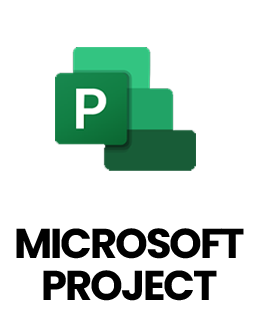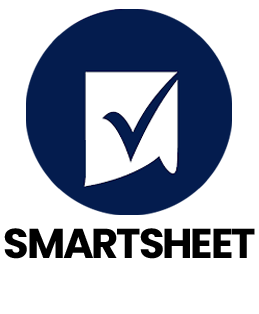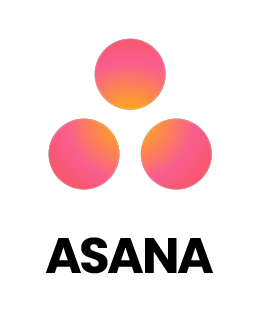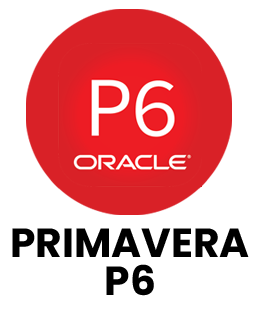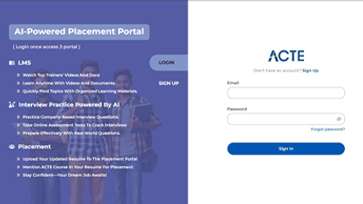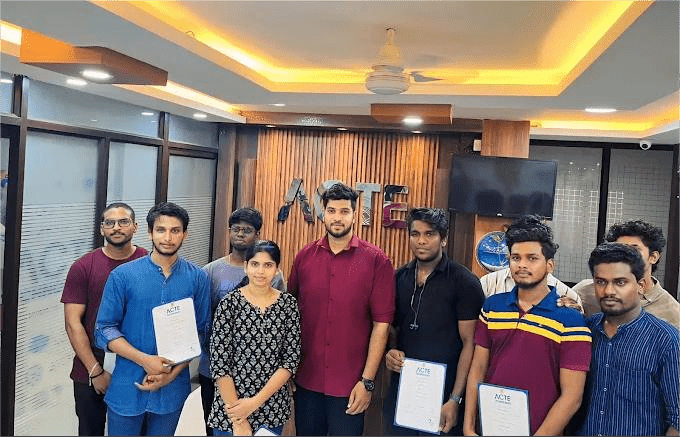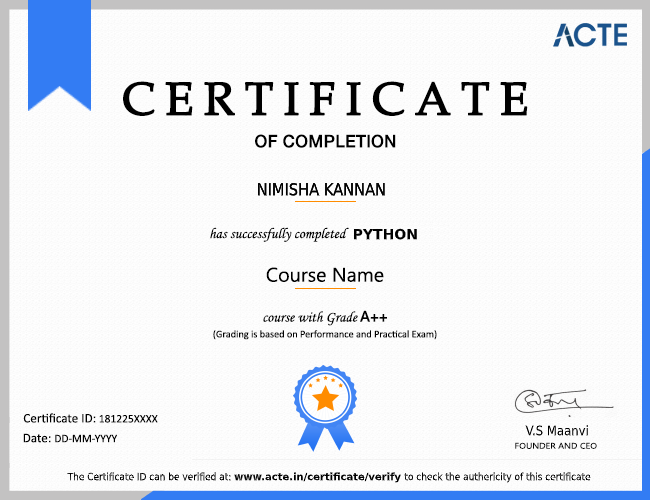1. How are requirements gathered and prioritized from stakeholders?
Ans:
Stakeholder requirements are collected through interviews, surveys, workshops and observation of processes. Priorities are determined by business value, feasibility, urgency and project impact, often using frameworks like MoSCoW for clarity.
2. What distinguishes business requirements from functional requirements?
Ans:
Business requirements capture the overall goals of the organization. Functional requirements define the features or actions the system must perform to meet those goals, bridging strategic vision with practical development.
3. What is a Use Case and why is it important in requirements gathering?
Ans:
A Use Case describes step-by-step interactions between users and the system to complete tasks. It clarifies functional needs, validates requirements and ensures development teams understand the expected user experience.
4. How are conflicting requirements from different stakeholders managed?
Ans:
Conflicting requirements are resolved through discussions, active listening and empathy. Identifying shared goals and negotiating compromises ensures the project remains aligned with overall objectives and delivers value.
5. What is Gap Analysis and how is it conducted?
Ans:
Gap analysis shows how the intended and actual can differ state of a process or system. Analysts examine existing workflows, find deficiencies and plan actionable steps, including process improvements or technology updates.
6. How is the quality of business requirements ensured?
Ans:
Quality is ensured by validating requirements against clarity, specificity, measurability and alignment with project goals. Regular reviews with stakeholders reduce ambiguity and ensure the requirements effectively guide the project.
7. What is User Acceptance Testing (UAT) and what role does it play?
Ans:
UAT allows end users to confirm that the system fulfills their needs. By simulating actual scenarios, potential issues are discovered before deployment, ensuring the solution is ready and meets business expectations.
8. Which tools are commonly used for business analysis and why?
Ans:
JIRA is used to track requirements, MS Visio for diagrams, SQL for querying data and Tableau for dashboards. These tools streamline communication, enhance visibility and support efficient analysis.
9. How is scope creep handled during a project?
Ans:
Scope creep is managed by clearly defining the project scope initially and monitoring changes closely. Any additions undergo a change control process to assess their impact on schedule, cost and resources.
10. Can you provide an example of improving a business process?
Ans:
A customer service workflow was optimized by analyzing inefficiencies and introducing automation. Response times improved by 30%, escalations decreased and customer satisfaction increased significantly.

